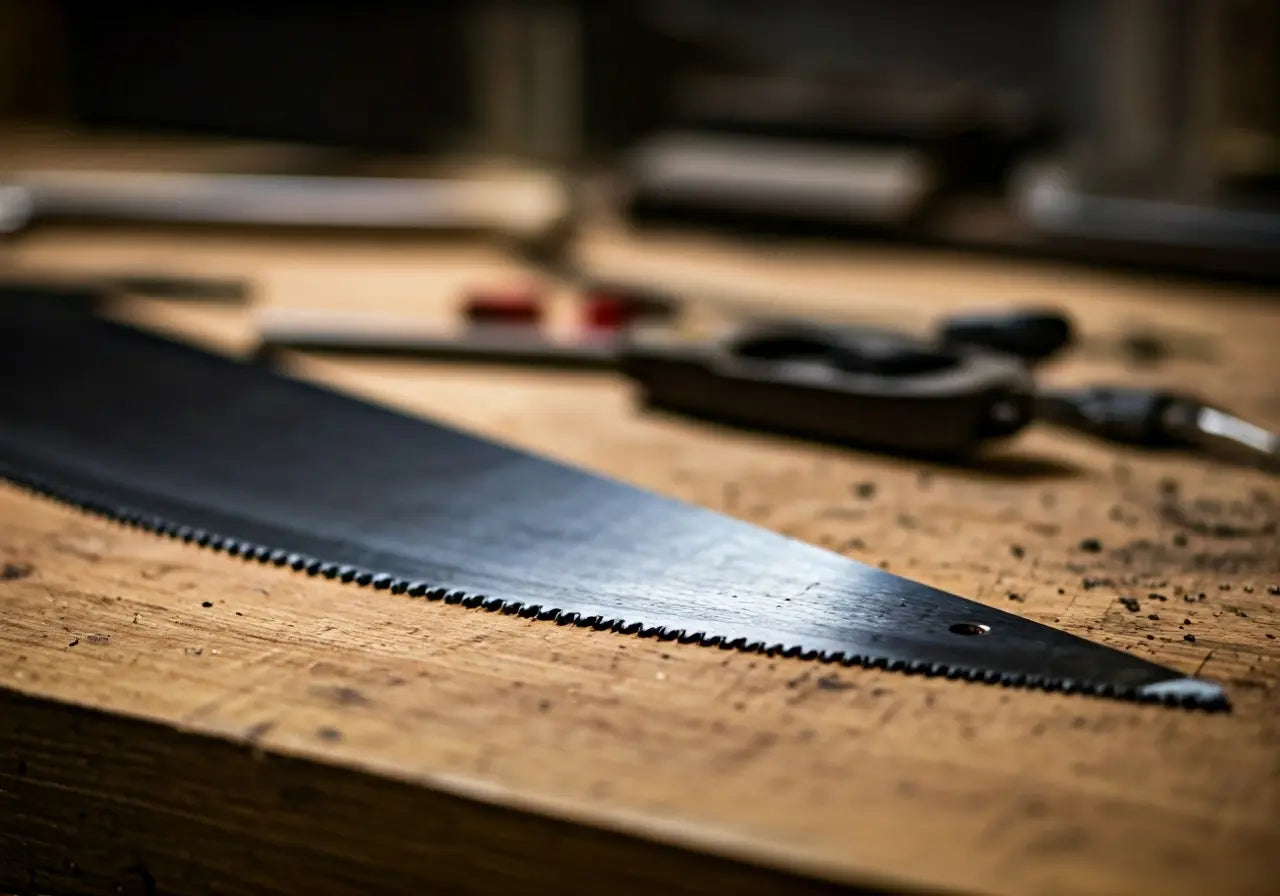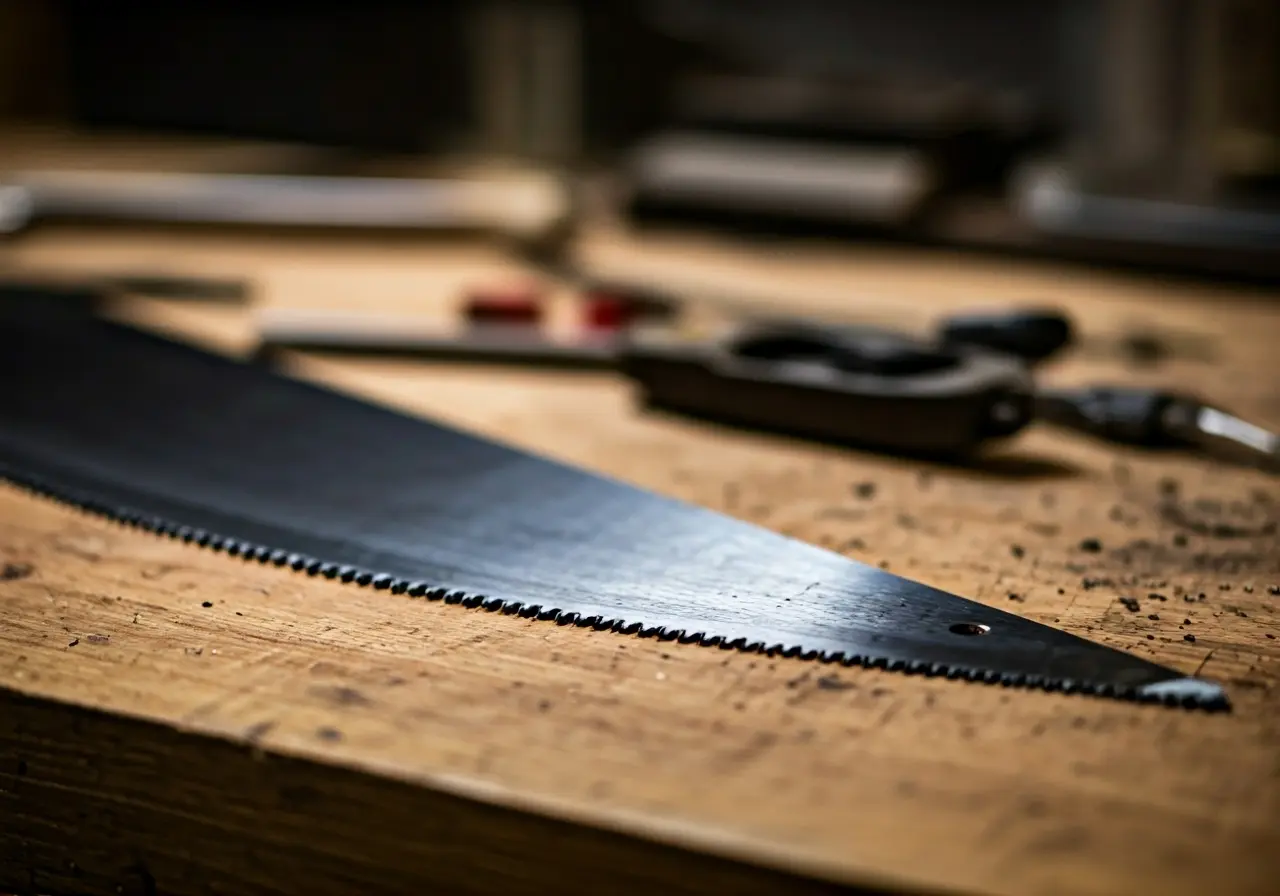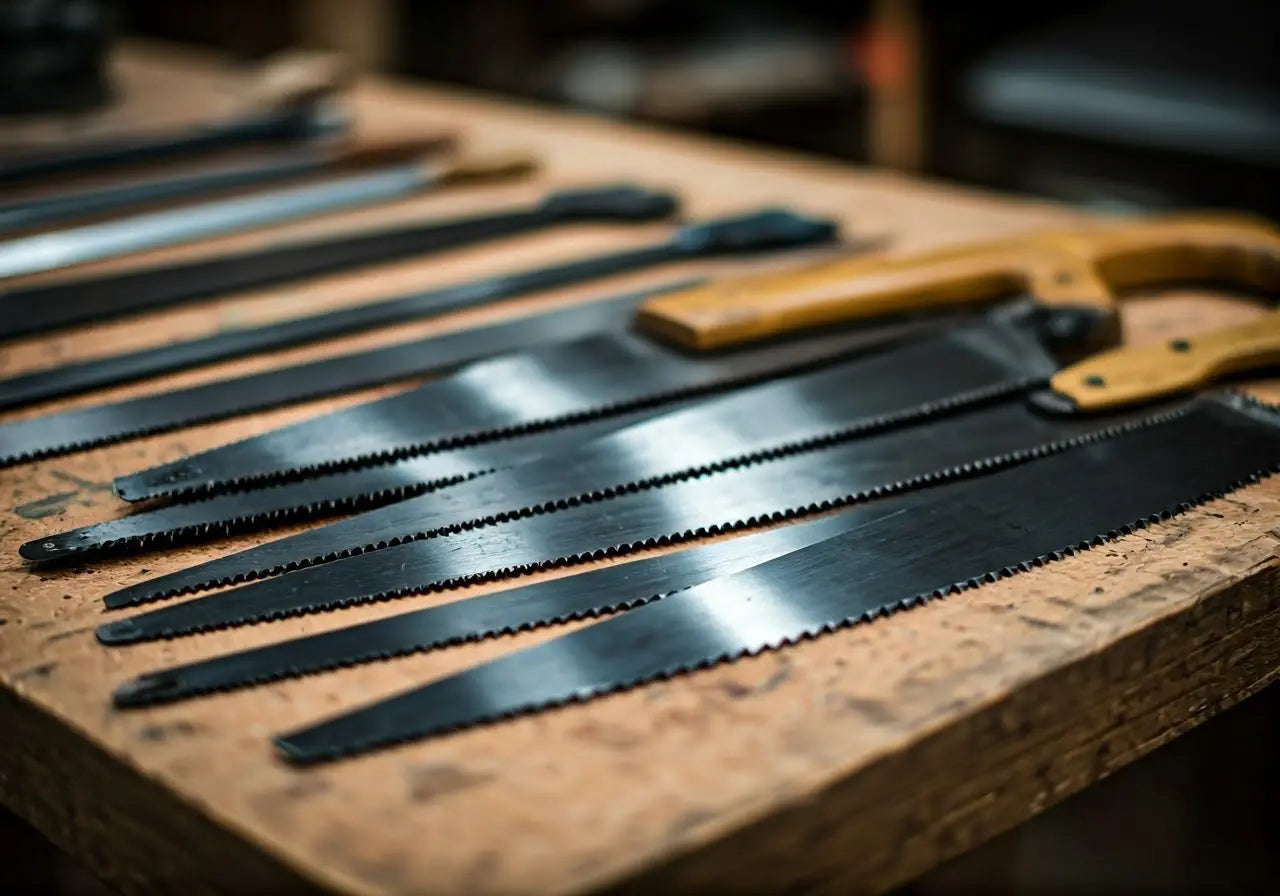Maintaining your saw blade’s efficiency is essential for precise cuts and prolonging the life of your equipment. In this guide, we’ll explore practical tips and advice to help you keep your saw blades in top-notch condition. Whether you’re a seasoned professional or a DIY enthusiast, these strategies will ensure your blades perform at their peak.
Understanding the Importance of Proper Maintenance
Proper maintenance of saw blades is crucial for maintaining cutting precision and extending their lifespan. Regular care can prevent dullness and potential damage to both the blades and your projects. When you invest in quality tools, maintaining them should be part of your routine. It’s not just about getting the best cuts; it’s about ensuring the longevity of the blade and minimizing wear and tear on your saw. This approach not only enhances performance but also preserves your investments in the long run.
The importance of maintenance extends beyond just the tool itself. A well-maintained saw blade can significantly improve your overall work quality, whether you’re crafting furniture or working on more considerable construction projects. Efficient blades reduce the strain on your saw’s motor and ensure each cut is clean and precise. Any minute error from a dull blade can multiply over the course of a project, leading to wasted materials and effort. By keeping your blades in their best shape, you decrease the likelihood of such issues, ensuring smoother, more efficient project completion.
When you understand the mechanics and potential pitfalls of operating without proper maintenance, it’s easier to appreciate the necessity of regular upkeep. A little effort spent on your blades means a significant reduction in the time spent correcting mistakes or dealing with breakdowns. Consider making blade maintenance a part of your project workflow, ensuring you always start with equipment in peak condition. This foresight is an essential skill for both novices and seasoned professionals who wish to optimize their work processes.
Cleaning Your Saw Blades Regularly
Cleaning removes resin, pitch, and debris buildup that can affect blade performance. Use a soft brush and a dedicated cleaning solution for regular maintenance, ensuring a sharp and clean blade surface. This process doesn’t just keep the blade looking new; it enhances its cutting efficiency by reducing friction. Built-up debris can cause overheating and dull the blade prematurely, necessitating more frequent sharpening or replacement. Regular cleaning is a straightforward yet crucial step in your maintenance routine.
It’s also essential to choose the right cleaning agents. Some solvents can be too harsh and might corrode or weaken the blade material. Opt for solutions specifically designed for saw blade maintenance. Before starting the cleaning process, ensure your saw is unplugged or its battery is removed. Safety should always be your first priority when handling tools and chemicals. Gently scrubbing the blade along the teeth and removing any stubborn dirt can drastically improve how your blade performs once reinstalled. A well-cleaned blade is a happy blade.
Regular cleaning also sparks an opportunity for a quick inspection. As you clean, you might spot chipped teeth or minor damages that weren’t apparent before. Catching these early can prevent more significant issues down the line. Should you encounter stubborn residue, soaking the blade in the cleaning solution for a few minutes can help loosen it. Just remember to dry the blade thoroughly after cleaning to prevent rust.
Sharpening Techniques and Tools
Keeping your saw blade sharp is vital. Learn about using sharpening stones, files, or specialized sharpening machines to maintain the blade’s edge, and ensure your cuts remain smooth and precise. Sharpening is a skill that, once mastered, significantly extends the life of your tools. Whether you prefer manual sharpening with a file or using an electronic sharpener, consistency is key. Regular, light sharpening prevents blades from becoming too dull, which requires more aggressive grinding that could remove unnecessary amounts of material.
Different blades require specific sharpening techniques. Circular saw blades, for example, are often easier to sharpen with a machine that’s tailored to their unique shape. Meanwhile, hand saws might benefit from carefully executed manual sharpening. Understanding these nuances helps preserve the blade’s original craftsmanship. Consider setting up a dedicated sharpening station if you frequently engage in projects that demand precision. This space will serve as a constant reminder of the importance of maintaining your blades. Investing in quality sharpening tools is equally vital, as they directly influence the quality of your sharpening results.
Inspecting for Damage and Wear
Regular inspections can help identify wear, cracks, or other damage early. Checking the alignment and teeth of the blade ensures it operates safely and efficiently. Make it a habit to inspect the blade before and after each job. Look for any irregularities, such as missing teeth or bends that could compromise the blade’s structure. A proactive approach in identifying wear and damage helps you address potential problems before they escalate, saving you time and resources in the long run.
Storing Blades Properly
Proper storage of saw blades can prevent damage and dulling. Store them in a dry, safe space, ideally hung or in a blade organizer, to avoid unnecessary contact and damage. Humidity and moisture are your blade’s enemies, leading to rust if not kept in check. Consider using protective covers or sleeves if adjacent storage spaces might lead to accidental contact or scratches. Implementing an organized storage system not only protects your blades but also makes them easily accessible, streamlining the project startup process.
Blades stored haphazardly can bump against hard surfaces, leading to chipped or dulled edges. By organizing your storage, you categorize and locate the right blade effortlessly, minimizing unnecessary handling and potential damage. If space is limited, utilizing vertical storage options can maximize your available area while still ensuring that blades remain in optimal conditions. Remember, proper storage is a key aspect of blade maintenance, often overlooked but fundamentally important for maintaining longevity and performance.
Ensuring Longevity and Precision for Your Saw Blades
By implementing these tips, you’ll ensure that your saw blades remain efficient and reliable, leading to sharper cuts and longer blade life. Routine maintenance not only saves time and money but also enhances your woodworking or construction projects. Remember, a well-maintained blade is key to achieving the best results.






Leave a comment
This site is protected by hCaptcha and the hCaptcha Privacy Policy and Terms of Service apply.